Learn more about Spain’s fascinating capital city with these interesting facts about Madrid. See also this fun quiz about Spain.
Interesting Facts About Madrid
With wide boulevards, leafy streets, world class art, thumping bodegas and arguably the best football team on the planet, Madrid sits firmly in the centre of the Iberian Peninsula as one of the cities of the world. I miss my days passing through this city en route to adventures around the world. But whether you’re looking for a fun city break in Madrid or using it as a base for one of these Spanish road trips, it’s fun to learn more about this European capital.
Here’s my favourite collection of fun and interesting facts about Madrid.
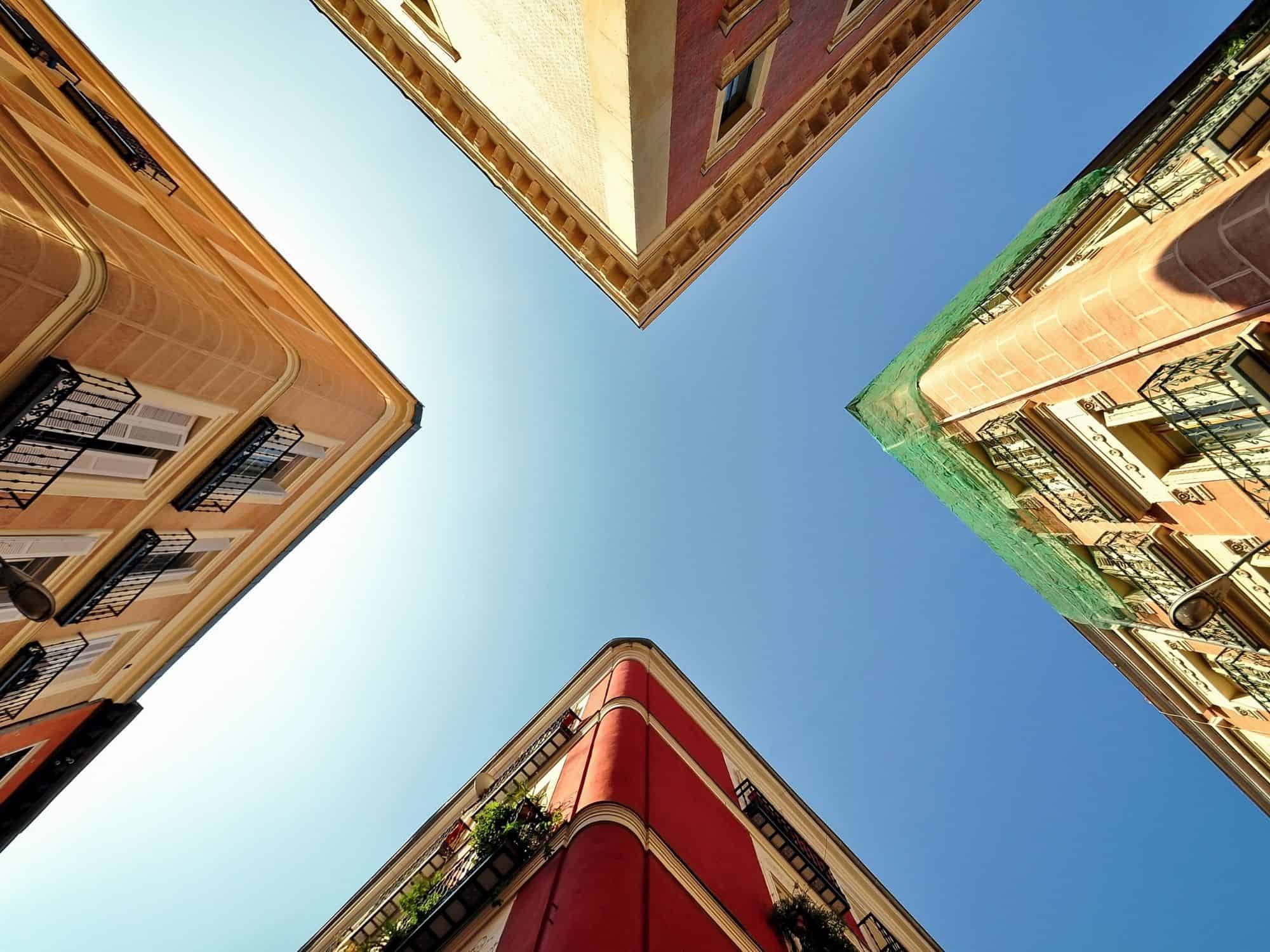
Madrid History Facts
Let’s start with these historical facts about Madrid.
Sure, it’s the capital of Spain now. But that wasn’t always the case. Firstly, of course, Spain as we know it didn’t exist until quite recently. It consisted of different regions like Catalunya, Castilla and the Basque country and more, each with their own language and leadership.
And secondly, Madrid wasn’t always the capital of Castilian Spain. Toledo was the capital before that. So let’s try out some more interesting facts about Madrid.
Did you know that…
- Madrid is one of the largest cities in the European Union (E.U.), with a population of 3.2 million to Berlin’s 3.6 million. London, while still in Europe but no longer in the EU, has a population of 9-12 million, depending on how you measure it.
- That population has grown by around 2 million people since 1900.
- Madrid was founded in 852 as Mayrit by Muhammed I, the Cordobese Emir. It was a military fortification back in the 9th century, before becoming an urban hub that developed thanks to the Manzanares River.
- Mayrit or magerit in Arabic means the place of many streams. So Madrid’s name actually means a place of abundant water.

Madrid Fun Facts
From the quirky to the curious, here are some more fun facts about Madrid.
Madrid’s Emblem is a Feasting Bear
El Oso y el Madroño is the phrase used to describe Madrid’s bear and strawberry tree in the city’s iconic Puerta del Sol square. It’s the symbol of the country. But… why?! What’s going on?
Like all good legends, it’s hard to find the truth. But one rumour suggests that the original name for Madrid was Ursa, the latin for bear. Bears roamed around here and so, too, did strawberry trees.
Does that count as an interesting fact about Madrid? Or is it more of a myth?
For the time being, we’ll just never, ever know.
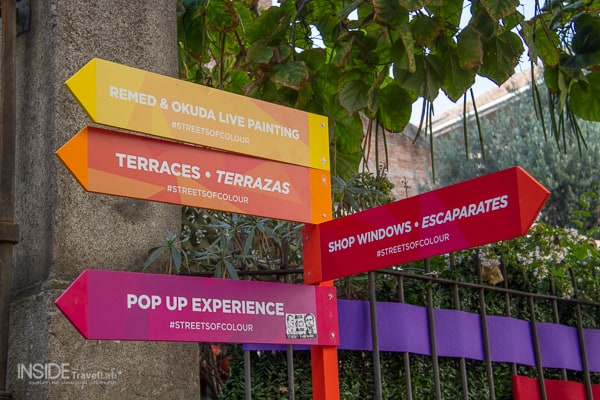
Madrid is One of the Greenest Cities in the World
OK, so here’s one of those interesting facts about Madrid that surprised me. Apparently, Madrid is one of the greenest cities in the world. It has over 300 000 trees within the city limits, a record beaten only by Tokyo in Japan.
Yet… Having been to both cities, I’m not sure where those trees are hiding. Both London and Paris seem greener to me. Which just goes to show.
Madrid’s green areas include the Parque del Retiro (Retiro Park,) Casa de Campo and the Royal Botanical Gardens, all beautiful spots for an afternoon stroll or siesta.
Madrid is the Highest Capital City in Europe…
Another surprise! Who knew that Madrid is the highest capital city in Europe? It doesn’t feel like a high altitude city when you’re walking around. And it turns out that’s because it’s not that high. Just that all the other mountainous cities aren’t capitals.
Madrid measures in at 662 metres above sea level. No need for high altitude training just yet.
With the Sunniest Days…
Notching up 2769 days of sunshine a year on average, Madrid is one of the sunniest cities in Europe. In fact, only Marseilles, Athens, Lisbon and Valletta rank higher.
And the Best Football Club in the World
Football team Real Madrid have won more Spanish top division championships than any other Spanish side. I mean, even I have heard of them, which is an achievement when it comes to piercing my sports knowledge armour.
The real in the name is Spanish for “Royal” due to the king blessing the side back in 1920.
The Royal Family Don’t Live in the Royal Palace
The Palacio Real sits in the heart of Madrid as the largest functioning palace in Europe. Yet the royal family don’t live there – any more. Instead, this palace is used for ceremonial functions and events while the Spanish king and his family live in Zarzuela Palace, on the outskirts of Madrid.
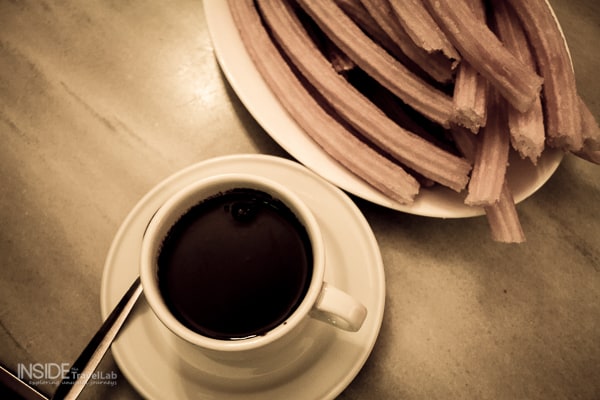
You Can Combine Chocolate with Culture and History in Madrid
Churros y chocolate is not just a stereotype; it’s a real thing. Most often enjoyed by partygoers heading home in the early hours of the morning, a great little place to visit is San Ginés. It’s the oldest chocolatería in Madrid.
The Author of the First Novel in the World Lived in Madrid
Cervantes, author of Don Quixote, lived in Madrid in the Literary Quarter alongside colleague and rival, playwright Lope de Vega.
Madrid is Home to the World’s Oldest Restaurant…
According to the Guinness Book of Records, Madrid is home to the oldest restaurant in the world. Restaurante Botin opened its doors in 1725 and has been running ever since. Now, that doesn’t sound that old to me, but it’s the continuous operation part that’s hard, not just the opening. As we all know from starting fitness plans and money saving exercises ;-)
Botin is famous for its suckling pig and it even features in Hemingway novels.
And the Only Monument to the Devil
You’ll find the statue of the fallen angel in the Retiro area, a work of art created by Ricardo Bellver in 1878 for the Paris World Fair. It’s one of those quirky and weird facts about Madrid that stay in your mind for a long time.
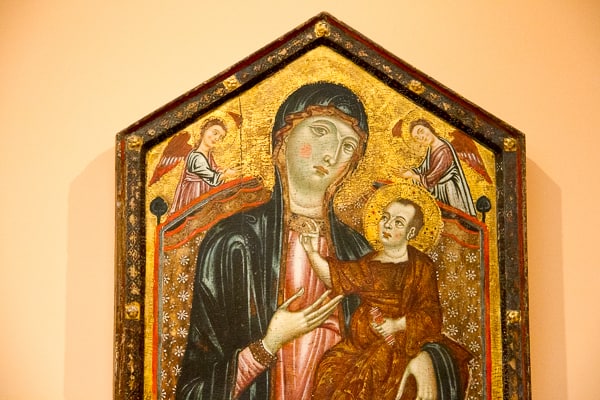
Madrid Culture Facts: the Golden Triangle of Art
The Golden Triangle of Art in Madrid sweeps some of the most striking works of art in the world into one, walkable area of leafy avenues and tapas bars. It’s a paradise for art lovers. But even more importantly, it’s the perfect introduction to those who have always felt wary about the “art world.”
An Overview of the Golden Triangle of Art in Madrid
The golden triangle of art in Madrid earns its nickname from the three heavyweight art museums at each of its points: The Reina Sofia, The Thyssen and El Prado.
Here is a land of war and peace, rags and riches, history and inspiration. You’ll find some of the most famous works from Picasso, El Greco, Goya and more.
It’s the perfect place for beginners, with so much arranged into an easy to consume zone. And it’s a paradise for aficionados with some of the world’s best art on display.
The Reina SofÍa Museum
The Reina Sofia Museum carries both a surreal beauty and a sense of unease, explained in part, by its former role as a hospital with the rumoured ghosts that flit between the halls. This is the place for 20th century and contemporary art, including the world-famous Guernica painted by Spanish artist Pablo Picasso.
- Where: Calle de Santa Isabel, 52, 28012 Madrid, Spain
El Prado
El Prado is the biggest of the big hitters. As one of the richest art museums in the world, it shows works by the great European masters created between the 16th and 19th centuries. The superstars of the era are here: El Greco, Goya, Titian, Ruben, Hieronymus Bosch, and Velázquez, including the latter’s most famous work: Las Meninas.
The Prado Museum is best tackled with one of the many excellent tour guides or you can join a guided tour to explore this treasure chest of European art.
- Where: Paseo del Prado, s/n, 28014 Madrid, Spain

The Thyssen
What happens if scientists collect art?
The Thyssen Museum happens, that’s what, a periodic table of the history of art. Chemist Thyssen-Bornemisza and his industrialist father before him set about collecting the periodic table of painting: images that represent almost every crucial step of development as art progressed.
The collection of works on show at the Thyssen-Bornemisza provides a nice complement to the collections of the Prado and Reina Sofía. It includes Duccio, Jan van Eyck, Hans Baldung Grien, Lucas Cranach the Elder, Taddeo Gaddi, Paolo Uccello, Caravaggio, Van Dyck, Rembrandt and Rubens.
You can walk from flat two-dimensional religious paintings and see the development of perspective (hard to believe, but for most of mankind’s history, no-one had thought to draw parallel lines as meeting at a point in the distance.)
It becomes startlingly obvious when gilded techniques arrive (plus it’s amusing to see patrons snuck into religious scenes from thousands of years ago like celebrity cameos in sitcoms today.) You can spot the Flemish masters from the grey outdoor light and flat horizons, the flourish of the Renaissance in Florence and Venice through a blast of radiant sunshine colour. There’s one of the iconic pictures of Henry VIII, much smaller in the flesh: the gilt edged, glint-eyed murdering maniac captured in profile by German artist Holbein.
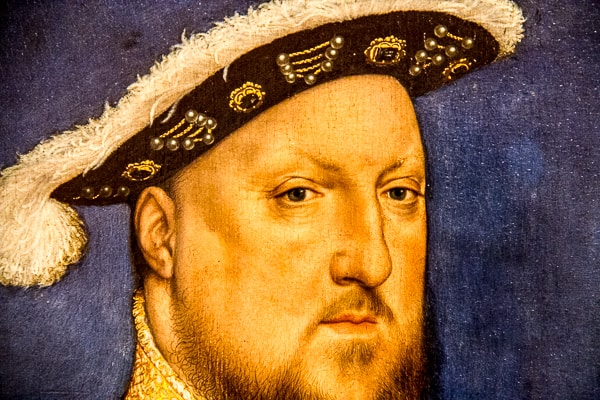
And then we’re off from the Renaissance into cubism, fauvism, impressionism and all the other isms that confuse the battle-art weary. Yet, in succession, with explanation, they all make sense.
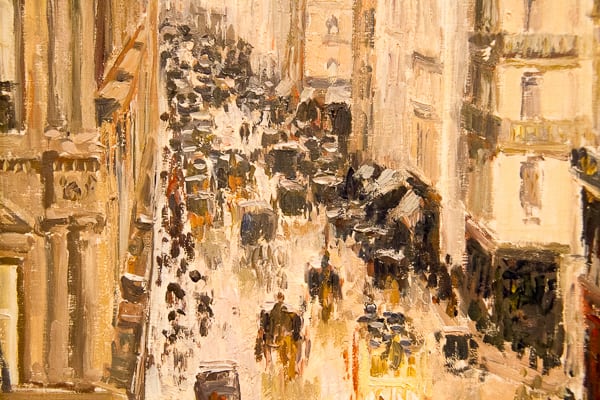
First creations of movement…
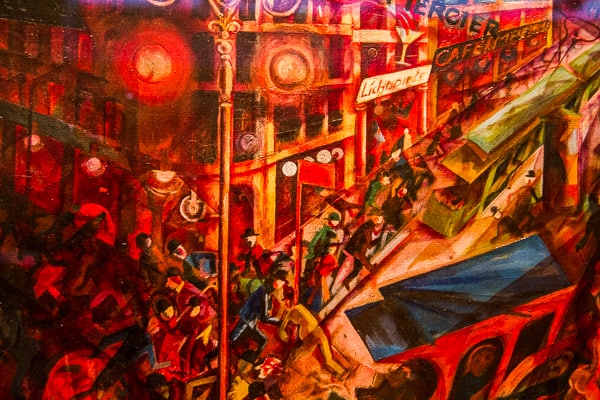
Look closely. How does it make you feel?
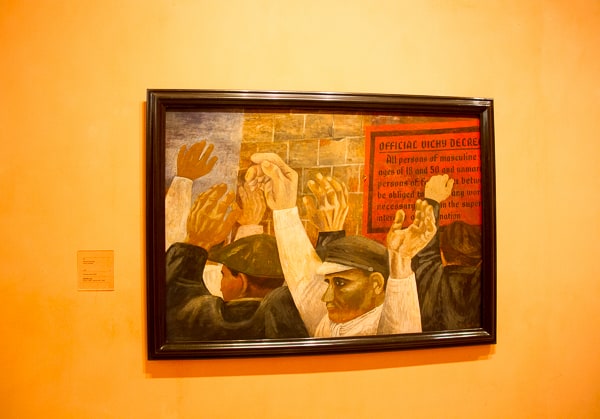
Documenting history, not just religion and landscapes…
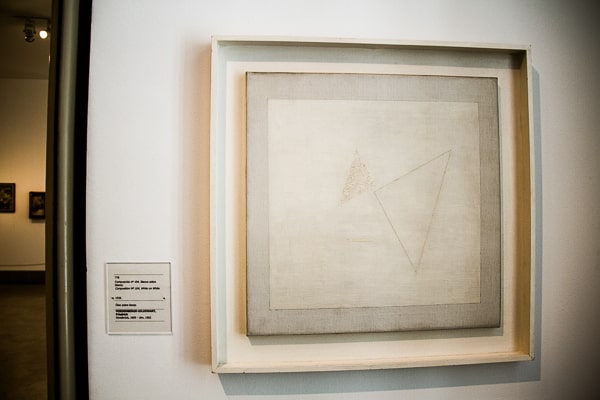
White on white. Do you notice anything by looking at texture?
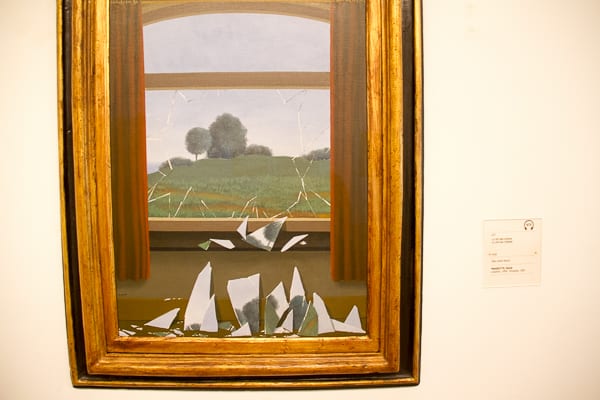
What, exactly, is broken here?
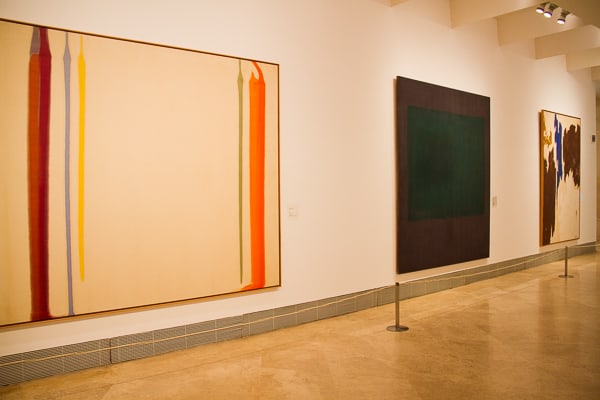
Not my favourite. But look at them. Do you feel the same when looking at each one?

Cropping someone out of frame was revolutionary at the time…
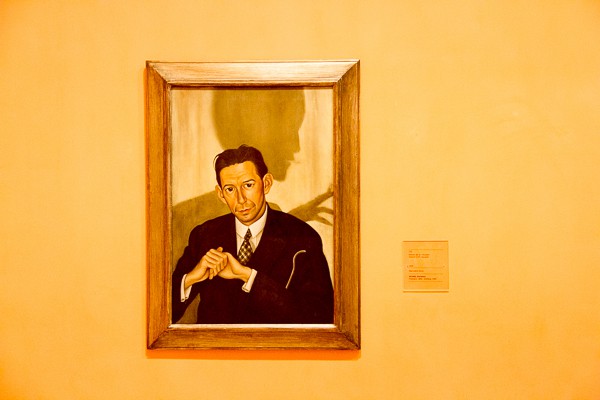
Casual portraits with obvious double meanings. Also new.
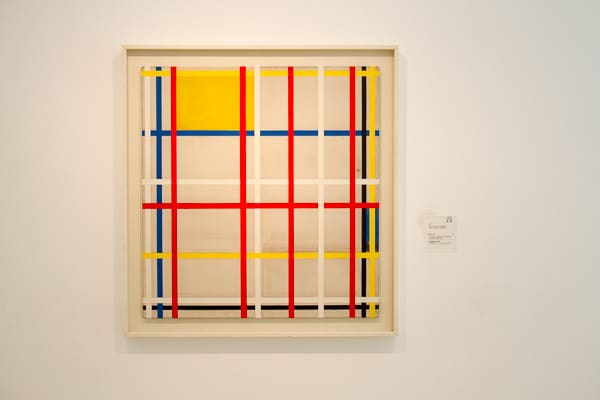
Once photography can do better than artists, what’s left? Deconstruction – paintings under the microscope. As it were
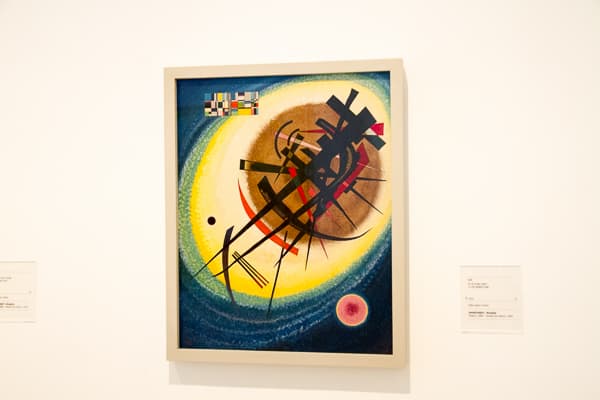
Translating sound to paint…
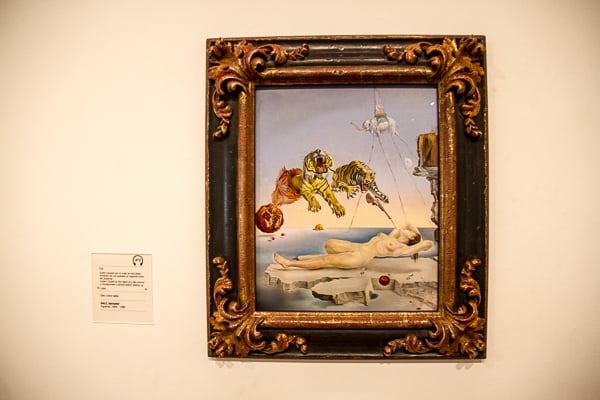
Look closely. Can you see why the woman is dreaming the way she is?
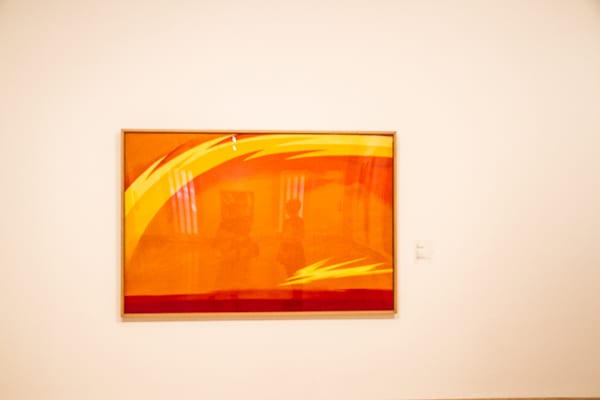
It’s only colour. But look at it. Do you feel calm? Peaceful? Sleepy? Or something else? How can someone else affect your feelings like that?
Interesting Facts about Madrid’s Guernica
The painting Guernica reflects the bombing of the place of the same name in northwest Spain. I first heard about it beneath the flowered canopy in the scorched back garden as my politically-minded tutor talked about local boy Picasso
In occupied France, Nazis burst into Picasso’s studio, found the work and pinned him to the wall
“Did you do this?” they demanded.
“No,” Picasso replied. “You did.”
The Story Behind Guernica
By all accounts, the Guernica attack was the first intentional bombing of civilians in world history. The bombs came via the Nazis (with Italian military support) to help General Franco win the Spanish Civil War. The military dictatorship that followed saw Spain through the Swinging Sixties and Punk Seventies elsewhere until the death of Franco himself in 1975.
The Painting
The painting is one you will recognise: the jagged, ragged, displaced screams in black, grey and white, slashed between breasts, blood, babies and bulls.
But standing right before it, in the Reina Sofia in Madrid is another thing altogether.
The work is vast, which is the first surprise, as it sprawls from left to right and up and down across a purpose built wall.
It also, curiously, was produced not as a furious response but as a commissioned piece of work for an international exhibition with the aim of furthering the rebels’ cause. In other words: propaganda (although I think we can all agree that the killing of babies is wrong.)
The Secret to Success
Behind it, the museum shows the rough sketches and drawings. It displays the, let’s face it, first drafts that are not all that good. And it is these that fascinate me more. Here is the slightest glimpse at the inner workings of a genius – and it’s a glimpse that should give us all hope. It reveals not unthinkable, unworkable majesty, but the plottings and pressures of a man under a deadline. It echoes my thoughts on Toulouse-Lautrec, poster boy of Moulin Rouge fame, when I wrote about the secrets of success.
Success does not come from a flash of genius. But as a result of focus, repetition and work.
Back at Guernica
Meanwhile, back in room 206, the crowd still stares at Guernica. It’s a compelling, captivating piece of work.
But for me, the most interesting part lives beyond the picture itself. Picasso vowed that his most famous work should never travel to Spain until democracy was restored.
He died in 1973, Franco in 1975. Guernica reached Madrid in 1981.
The crowds waited then thronged. And today they are thronging still.
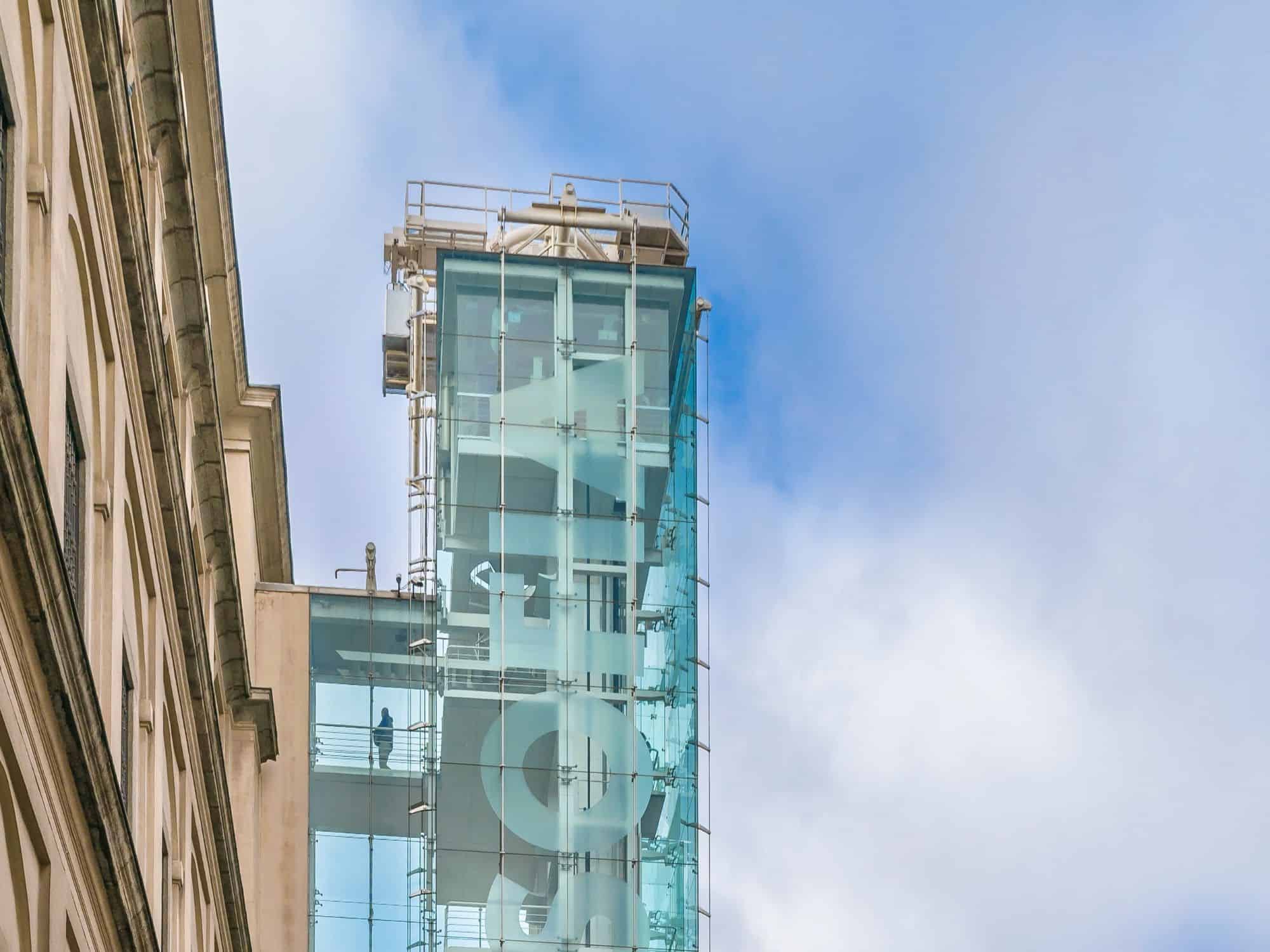
Interesting Facts About Madrid’s Reina Sofia Museum
- Amid the “usual” gallery features are well-educated helpers, fluent in many languages and keen to help visitors make sense of this colossal warren of art. I loved my guide, a brilliant woman whose easygoing yet well-informed touch saw me enjoy contemporary art for the very first time.
- The art is mainly Spanish, think Juan Gris, Salvador Dali and Joan Miró but you’ll also find international work from artists, such as Diego Rivera.
- The idea behind the curation at the Reina Sofia is to follow the deconstruction of “art” once photography arrived. Producing lifelike images was once the pursuit of the painter, but when that could take place at the press of a button, what was an artist to do? Merge into impressionism, cubism, those funny grids and blank panels and then finally abandon 2D art altogether…
- How can we move into another space? Does the artwork make you think?
How to Visit the Golden Triangle of Art Museums
- You can simply turn up during opening hours and pay for a ticket to enter each of the three separate museums.
- However, you will get more from your visit if you go with a guide. I really don’t say this about most places, especially museums, but the volume of artwork here is immense. It helps to have someone actually guide you through it and pick out salient pieces so that you don’t feel overwhelmed and just glaze your way through.
- The Paseo del Arte Pass is a museum pass for the “art walk” includes entrance to each of the three museums but you can spread your visits out across the period of one year. It allows you to book online and skip the queue when you reach the museum. You must pick up the card from the museum you buy it from; entrance to the others will then be allowed with tickets.
- You’ll also hear it called the “Madrid art museum pass” or “Madrid 3 museum pass” or “3 museum pass Madrid” but it’s all the same thing.
FAQs About Spain and Madrid
What are the three museums in the golden triangle of art in Madrid?
The Prado, the Thyssen and the Reina Sofia make up the three museums in the golden triangle of art in Madrid. They are easily walked between and hold some of the world’s most important art.
Where can you see Picasso in Madrid?
Picasso’s most famous work, Guernica, is exhibited in the Reina Sofia Museum, one of the three museums in the Golden Triangle of Art in Madrid.
What are the best places to visit in Spain?
The golden triangle of art in Madrid is one of the best places to visit in Spain but there are many other options for many different tastes. Check out this guide to the best road trips in Spain and find all our articles on travel in Spain here.
How much time should you spend visiting Madrid on your first visit to Spain?
I would suggest allowing at least two days to explore Madrid. You can fill a week here but if you only have a week, it makes sense to visit other places in Spain as well. You should leave at least half a day to explore the golden triangle of art in Madrid (ideally one full day.)
What is the best museum in Madrid?
Hm. Probably the Prado. But the Guernica painting is so moving, that perhaps the Reina Sofia wins after all.
What interesting things are there to do in four days in Madrid, Spain?
Oh, so many! Beyond the golden triangle of art in Madrid ( a must) be sure to have a churros y chocolate, some late night tapas and a stroll through the park.
More on Travel in Madrid
- Why You Should Visit Madrid’s Literary Quarter
- How a Trip to Toledo Will Surprise You
- Where to find the best churros in Madrid (plus Madrid’s oldest chocolatería)
- The best neighbourhoods to stay in Madrid
- Is Madrid worth visiting?

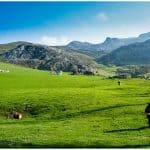
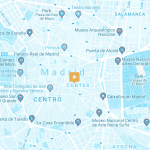
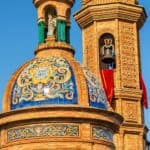
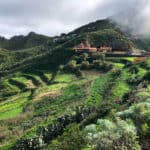
Whether because I am the daughter of an artist, or by my own means — or both; I love art and visiting art museums as I travel the world is one of my favorite ways to discover a new place. Thanks for sharing this, now I must also visit Madrid. Though, I did already want to, now I will just make sure not to miss the art in Madrid!!
For me, looking back at this, I think the transformation came when looking at it in terms of evolution of ideas…Before, I’d just look at one piece on its own and either find it moving – or not! But these guides really made me see things in a different way – and I’m so glad that they did! Am sure you will get to Madrid soon, Kirsten. There’s a lot of modern stuff going on as well – which I will get to later in this series. But just in case anyone’s heading to Madrid before I manage to write all this up – it’s not all the Golden Triangle and Guernica! There’s more on the way!
I totally agree with you, and I would admit that I barely know any artists aside from those who are famous, but when I see art, I would totally be struck, amused, having indescribable feeling especially towards abstract arts.. I mean, how would you even know how the artist feel or what he/she’s trying to show? I don’t know.
With some abstract art, I can’t help but wonder if the artists are laughing at us ;-) But the guide I was with gave me an interesting experiment: she MADE me say something about one picture – about how it made me feel or (when I faltered at that) she asked me about various emotions and forced me to give a yes or no response. Then she repeated the whole thing at the next painting. It was embarrassing at first but then it really got me thinking and feeling about the differences. Who knows if it’s deeply profound or…random. But it’s an interesting experiment nonetheless.